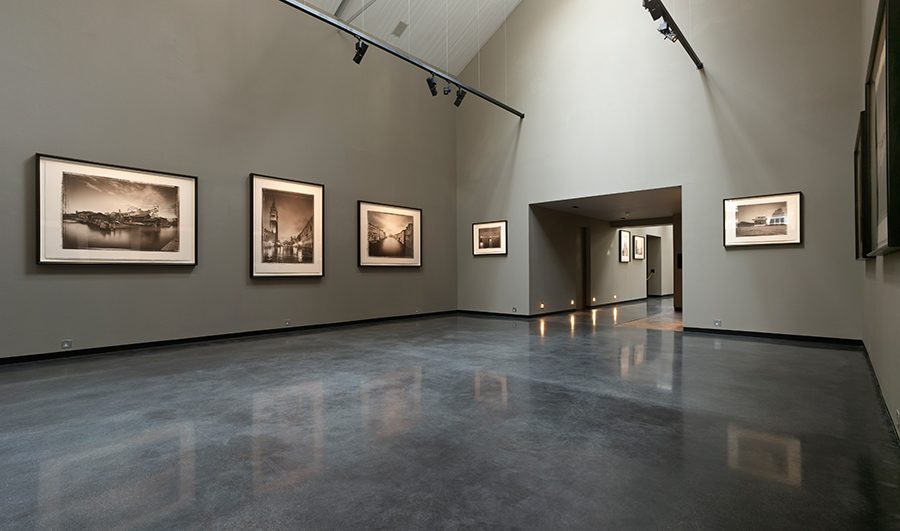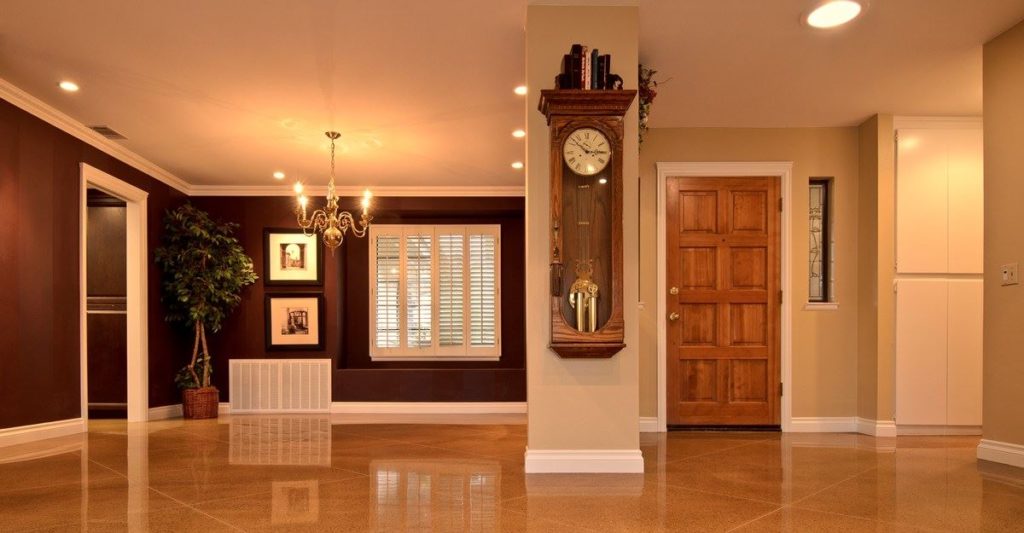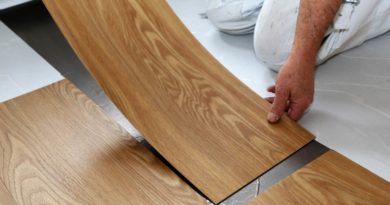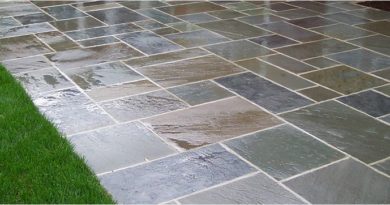CONCRETE FLOORING | An Architect Explains
Concrete is universally used in floor slabs. Normally, these floor slabs are covered with another flooring material such as marble/granite, tiles, carpeting or wood. However, Concrete floors that are not covered with another material are gaining popularity in retail stores, restaurants, warehouses and other commercial buildings since it provides a low-cost yet highly durable flooring surface.

Concrete flooring has both advantages and disadvantages. It is useful to know the characteristics of concrete as flooring, its usability and suitability as a flooring option. As an Architect, I have described Concrete along with it’s features under the following headings so that you can decide whether it is suited for your requirement and your space:
What are the characteristics of Concrete?
What are the advantages of concrete flooring?
What are the disadvantages of Concrete flooring?
Where is Concrete flooring best suited?
WHAT ARE THE CHARACTERISTICS OF CONCRETE?
- Characteristics: Concrete flooring is extremely tough and resilient and is able to withstand heavy weight. It is very hard and unyielding.
- Composition: Concrete is produced by mixing cement with fine aggregate (sand), coarse aggregate (gravel or crushed stone), water, and various chemicals called admixtures which control setting time and plasticity.
- Thickness: Its thickness varies from 25mm to 50mm.
- Weight: Concrete has a lot of dead weight.
WHAT ARE THE ADVANTAGES OF CONCRETE FLOORING?
- Cost : It’s the cheapest flooring option because it does not require another floor covering.
- Easy installation: It’s easy to cast/install in any location.
- Highly durable: and will not be damaged by high heels, furniture legs, pet claws or dropped items.
- Long Lasting: A sealed and properly maintained concrete floor can last indefinitely and does not need to be replaced. However, it needs to be sealed or waxed every 3-9 months.
- Finish: Concrete can be polished to a smooth shine but is tricky to finish with acrylic-based coatings.
- Design options: When most people think of concrete floors they think of ugly, grey utilitarian surfaces with sharp bumpy textures. However, nowadays, colouring concrete or applying textures, patterns, saw cuts, etc., can bring new life to this traditional substrate.
- Versatile: You have the choice of covering the concrete slab with any other flooring material at a later date.
- Non-allergic: It is a good alternative to carpet.
- Environmentally Friendly: A concrete floor does not require any other flooring covering. Because no new material is produced, there is no carbon footprint or depletion of resources.

WHAT ARE THE DISADVANTAGES OF CONCRETE FLOORING?
- Hard floor: If you trip and fall you are probably going to hurt yourself. Items dropped on these surfaces are also more likely to shatter or crack.
- Uncomfortable: Due to it’s hardness and because it doesn’t yield, it is uncomfortable to stand on Concrete for long periods of time.
- Man-made material: Concrete does not have the natural beauty of Marble or Granite.
- Durability: The flooring is not as durable as Terrazzo or Marble flooring.
- Cold underfoot: Concrete does not retain heat very well -so, it gets cold underfoot during winter.
- Moisture: If not properly sealed on both top and bottom surfaces, moisture can penetrate through the concrete floor leading to growth of mold.
- Not a green option: While a concrete slab does not require any other flooring covering and hence no new material, Concrete is not a green option because of the presence of cement which causes a significant expenditure of energy and carbon dioxide in order to manufacture.

WHERE IS CONCRETE FLOORING BEST SUITED?
For information on other flooring options, go to:
- Flooring | Natural Material Options
- Flooring | Man-made Material Options
- Flooring | Resilient Material Options
READ MORE:
In order to get a rough idea of the suitability of a particular flooring for your requirement and to make a fair comparison of the different types of flooring, refer to an Architect’s rating of the various kinds of flooring on my blog: House construction in India
If you found this post useful, all it takes is a simple click on the “pin it” “like,” “share,” “tweet,” or Google+ buttons below the post. Thank you!




